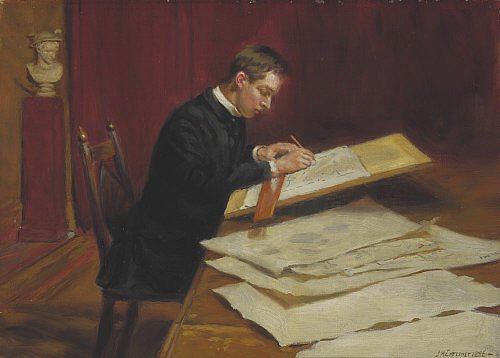Antique Boulle Furniture: A Short History
The term ‘Boulle’ was taken from the surname of it’s most skilled artisan André Charles Boulle (1642–1732). Boulle was a cabinetmaker, sculptor and gilder to King Louis XIV of France, and from 1672 he was granted the royal privilege of living in the Palais du Louvre. ‘Boulle’ work refers to the practice of overlaying furniture …
Continue reading…








